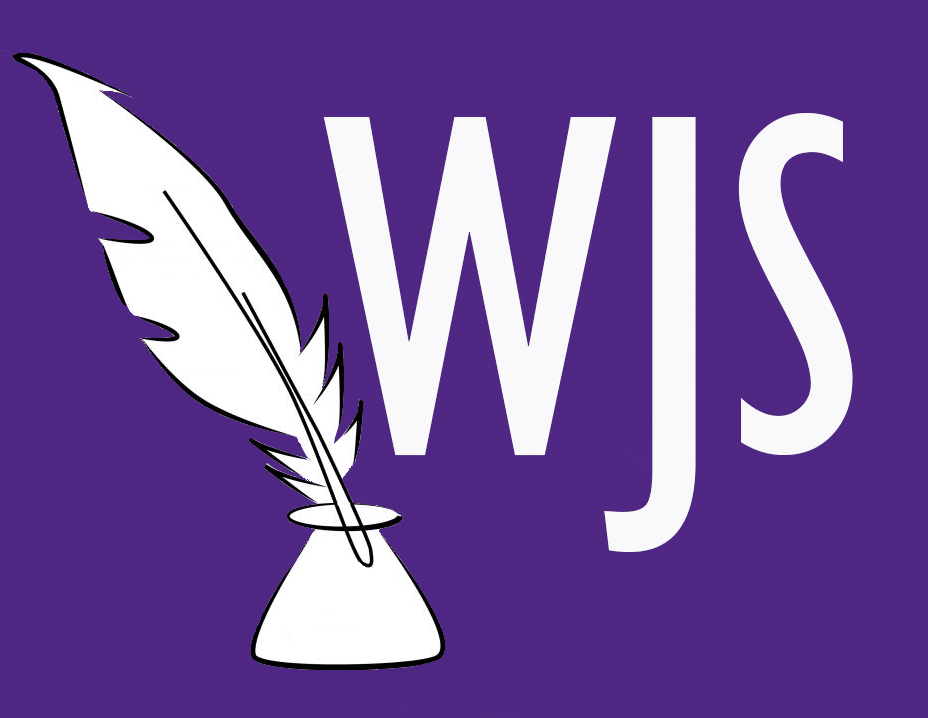By Hayley Tubrett—
Officials at the London Food Bank say they are expecting to see an increase in people facing food insecurity once CERB comes to an end.
Numbers of people using food banks have been down since the COVID-19 pandemic hit, said co-director Glen Pearson. The London Food Bank has seen 30 per cent fewer people, which came as a surprise, he said. Other food banks are down by as much as 50 per cent.
“I would say for our food banks and for food banks across the country, the number of people that were coming to us was down, and down significantly,” said Pearson.
The reason for this decline has been attributed to the Canada Emergency Response Benefit (CERB) and Canada Emergency Wage Subsidy (CEWS), financial relief that has provided up to $2,000 per month to individuals who were unable to work due to the pandemic.
Pearson said that support has kept many Londoners afloat, but he expects more need for food bank services when the government stops providing CERB and the CEWS payments.
Originally scheduled to end in July, CERB has been extended for an additional eight weeks.
At Prime Minister Trudeau’s daily press briefing Wednesday morning, reporters shared concerns Canadians have about the government’s debt. Trudeau defended his reasoning saying that it’s the government’s duty to step up and help Canadians in need.
“We’re very much focused on holding things in place, on supporting Canadians so that they can make it through and protect their loved ones, and protect our frontline workers, and protect our vulnerable populations by giving them the support they need over these past months,” said Trudeau.
These vulnerable populations include those with job, food, home, and childcare insecurities.
Later that afternoon, Finance Minister Bill Morneau provided a “fiscal snapshot” of the government’s spending on financial aid programs, totalling an expected $343 billion deficit this year.
On April 3, the Prime Minister announced $100 million to food banks and food organizations. Divided out, $50 million went to Food Banks Canada, with some of that money going to the London Food Bank.
But Pearson said food banks didn’t necessarily receive aid in strict monetary fashion, rather they received food and funding for programs in addition to money. Additionally, the provincial government didn’t provide them with any money at all. Instead, they received food hampers to distribute to those in need. Interestingly, Pearson said federal aid came when the London Food Bank was already doing well with community support.
“There was a lot of resources coming through to food banks. The local communities were already giving lots of funds and food to food banks before the COVID-19 relief funds came through because communities were realizing the vulnerable folks were more vulnerable than usual,” he said.
Along with many other food banks in Canada, the London Food Bank put federal aid money toward a Greenhouse so they can grow their own long-lasting food supply. But Pearson is worried about numbers reaching an all-time high once government aid stops and Londoners are still left struggling to find work. Government funding and financial aid has been sufficient in the midst of the pandemic, he said, but it won’t last long.
“Once it’s over, the real problem isn’t one so much of food insecurity but of economic insecurity. There’s going to be all these people now that can’t afford things that they used to be able to afford before. So, the answer is, was it enough? Yes. Will it be enough? Not at all,” he said.
The London Food Bank can only hope community support will remain strong and continue to provide aid to those who are in need during this unprecedented time.

Comments are closed, but trackbacks and pingbacks are open.